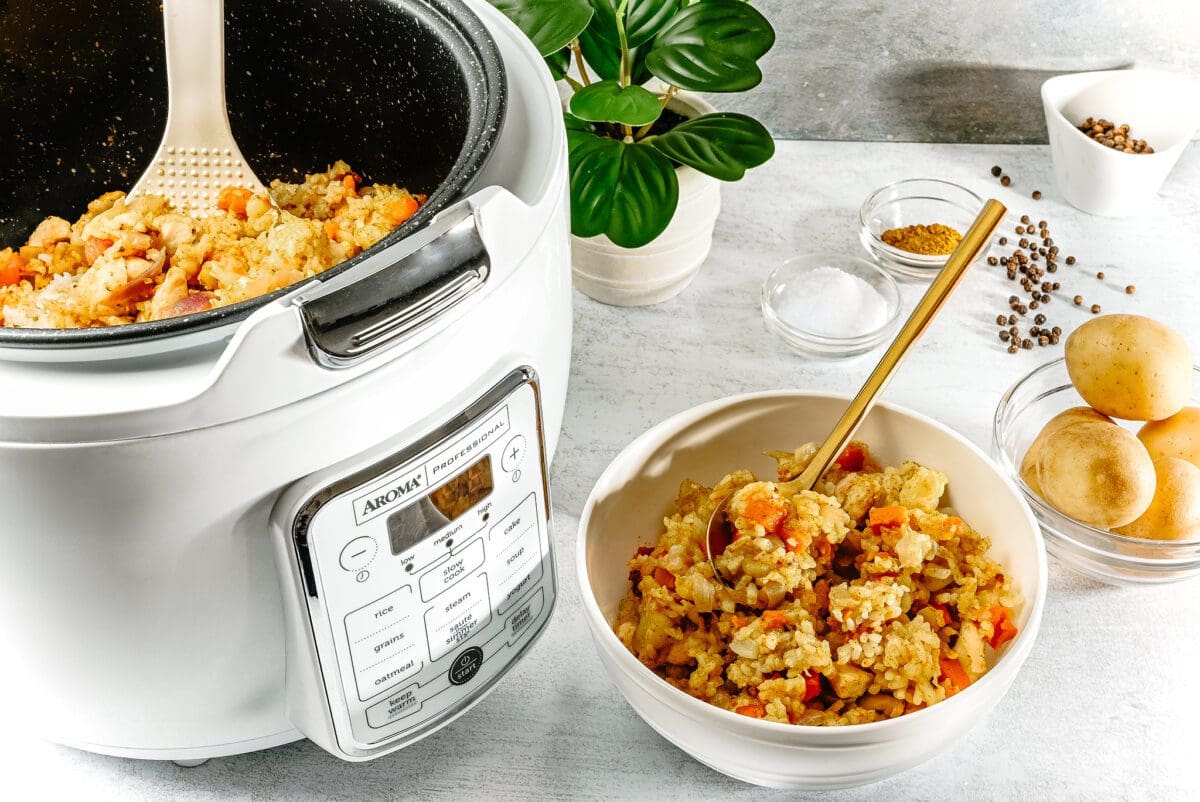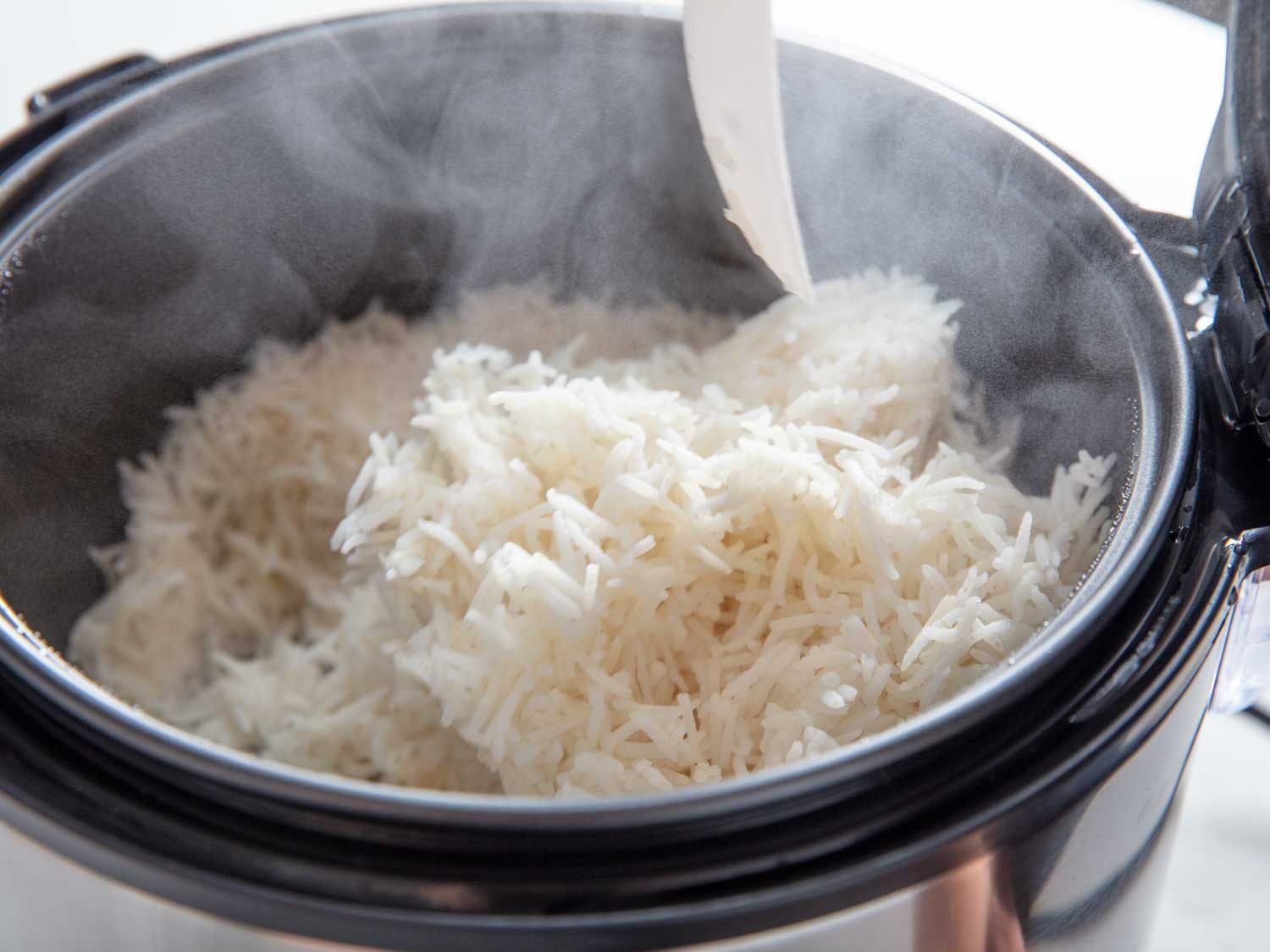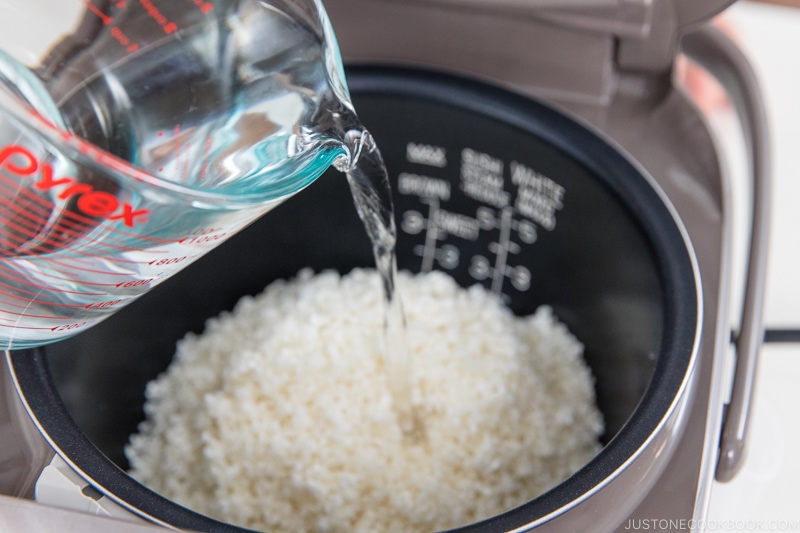How to Cook Perfect Parboiled Rice in a Rice Cooker: The Ultimate Guide
Written By James Morgan
If you're wondering how to cook parboiled rice in a rice cooker, you've come to the right place. This comprehensive guide will take you through every step of the process, ensuring that your parboiled rice is cooked to perfection every single time. Parboiled rice, also known as converted rice, has a unique texture and flavor profile, making it a favorite among many.

Understanding Parboiled Rice
Before diving into the cooking process, it's crucial to understand what parboiled rice is. Parboiled rice is partially boiled in the husk, which not only makes it more nutritious but also gives it a slightly different texture compared to regular white rice. The boiling process pushes some of the nutrients from the bran into the grain itself, making parboiled rice a healthier choice. Additionally, this rice variety is less sticky, and the grains are more separate when cooked, making it a popular choice for rice dishes that require this consistency.

Why Use a Rice Cooker?
A rice cooker is an invaluable tool when learning how to cook parboiled rice in a rice cooker. Unlike boiling rice on the stove, a rice cooker ensures consistent, even cooking and takes the guesswork out of the process. Modern rice cookers come with various settings tailored for different types of rice, ensuring that your parboiled rice is cooked perfectly each time. Whether you're a seasoned chef or a kitchen novice, a rice cooker can make the whole experience hassle-free and enjoyable.
Choosing the Right Rice Cooker
Not all rice cookers are created equal, and selecting the right one can significantly impact your cooking experience. For parboiled rice, look for a rice cooker with multiple settings, including one specifically for parboiled rice or mixed grain. Features such as a removable inner pot, a digital control panel, and an automatic keep-warm function can also enhance convenience and cooking quality. You can explore options like this rice cooker for various choices.

Ingredients
- 2 cups of parboiled rice
- 4 cups of water (adjust based on your rice cooker's instructions)
- 1 teaspoon of salt (optional)
- 2 tablespoons of oil or butter (optional)

Step-by-Step Guide on How to Cook Parboiled Rice in a Rice Cooker
Measure and Rinse the Rice
Measuring the rice is the first essential step when learning how to cook parboiled rice in a rice cooker. Use a proper measuring cup to ensure accuracy. Parboiled rice typically requires a ratio of 1:2 rice to water, but it is crucial to follow your rice cooker's specific instructions for the best results. After measuring, place the rice in a bowl and rinse it under cold running water using a rice knife set. Rinsing removes excess starch and any residues, ensuring that your rice cooks to a perfect texture.
Preparing the Rice Cooker
Once the rice is rinsed, transfer it into the rice cooker's inner pot. Add the appropriate amount of water, which is typically double the quantity of the rice. You may also add a teaspoon of salt and a couple of tablespoons of oil or butter if you wish. This step enhances the flavor and helps to keep the grains from clumping together. Stir everything gently with a cutting board before closing the lid.
Cooking the Rice
Now, it's time to start the cooking process. Set your rice cooker to the parboiled or mixed grain setting if it has one. If not, the regular white rice setting should also work well though you may need to experiment to find the exact water ratio and cooking time that works best for your particular model. Once you've set the cooker, press the start button and let the appliance do its job. The rice cooker will automatically switch to warm mode once the rice is fully cooked, keeping it ready to serve.
Tips for the Best Parboiled Rice
Let the Rice Rest
One critical yet often overlooked step is letting the rice rest for about 10-15 minutes after the rice cooker switches to warm mode. This resting period allows the rice to absorb any remaining moisture, resulting in perfectly cooked, fluffy grains. Use a wooden or plastic spatula to gently fluff the rice before serving.
Cleaning Your Cookware
After enjoying your deliciously cooked rice, it's crucial to clean your rice cooker and other utensils properly. Many rice cooker inner pots are non-stick and need to be cleaned using softer sponges and mild detergents to maintain their coating. Avoid using metal utensils to prevent scratching. You can use a cookware cleaner specially formulated for non-stick surfaces to ensure longevity. It's also a good excuse to engage in an annual maintenance routine for all your kitchen gadgets. Don't forget to apply cutting board oil to maintain wooden accessories.
Why Parboiled Rice is a Healthy Choice
Beyond its unique texture and flavor, parboiled rice is also a healthier option compared to regular white rice. The parboiling process retains most of the nutrients that are usually lost during the milling process. This makes parboiled rice rich in essential nutrients like vitamins B6, iron, and magnesium. It also has a low glycemic index, making it a suitable choice for people with diabetes or those trying to control their blood sugar levels.
The Versatility of Parboiled Rice
Parboiled rice is incredibly versatile and can be used in a wide variety of dishes. Whether you're making a simple side dish, a flavorful pilaf, or an exotic stir-fry, parboiled rice adapts well to different cuisines and cooking styles. Because the grains remain separated when cooked, parboiled rice is also perfect for fried rice dishes, allowing you to achieve the desired texture without the rice becoming mushy.
Conclusion
Learning how to cook parboiled rice in a rice cooker can revolutionize your kitchen routine. The effortless process ensures you get perfect, fluffy rice every time, while the nutritional benefits make it a healthier alternative to regular white rice. Investing in a good rice cooker, along with maintaining it properly using suitable cleaners, ensures a seamless cooking experience. Whether you're an everyday cook or a culinary enthusiast, mastering the art of cooking parboiled rice will elevate your cooking game to the next level.
As an Amazon Associate, I earn from qualifying purchases.



